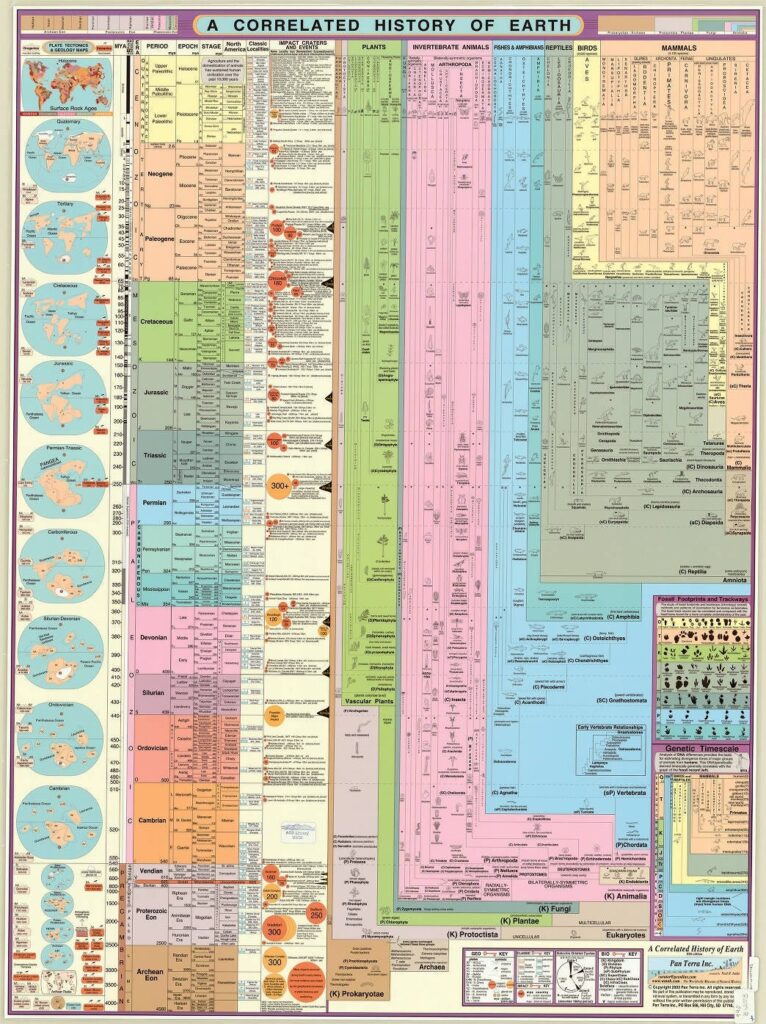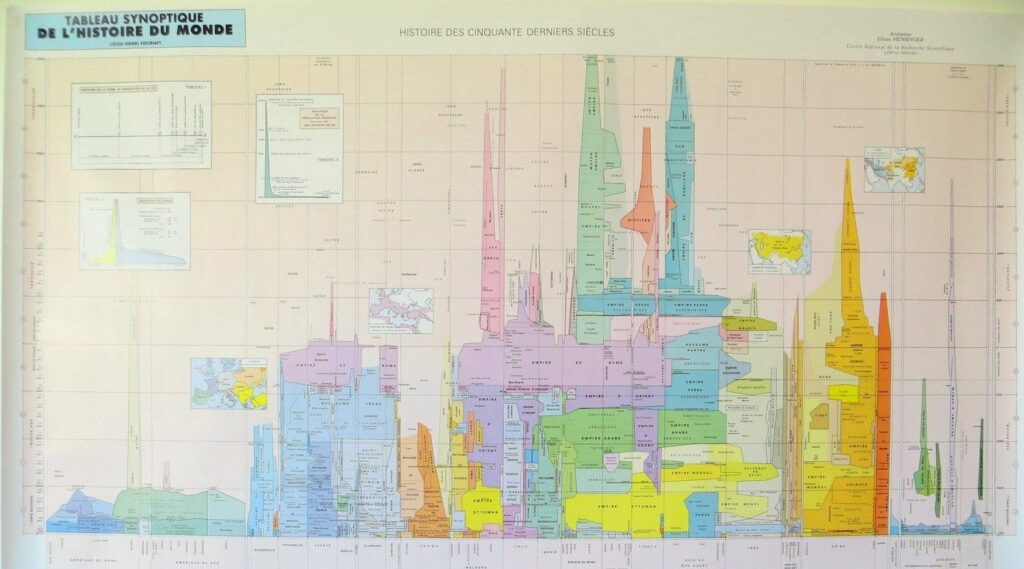Universe
The best portrait of our larger home
So far this is my favorite one-volume gallery of the other inhabitants in our universe. Organized by ascending distance from us, it includes portraits of known planets, remarkable stars, flamboyant nebula, and outstanding galaxies. Better than any other atlas, or map, or online source, this book gives you a really good picture of this place called the universe.
— KK
Universe
A Journey from Earth to the Edge of the Cosmos
Nicholas Cheetham
2009, 224 pages
$30, from Amazon
Sample excerpts:
Uranus
Planet
163 light minutes
Uranus’ northern hemisphere is emerging from the grip of a long, dark, winter. Winters on Uranus are compounded by the fact that at the poles the Sun does not rise for 21 years as a consequence of the planet’s extreme axial tilt. As sunlight returns, the frigid atmosphere warms stirring spring storms that blow bright clouds of crystallized methane before them at up to 420 kph (260 mph).
*
Ant Nebula Mz3
Planetary nebula
3 thousand light years
Another addition to our menagerie of dying stars is this light-year-sized stellar insect. No common-or-garden variety of nebula, this creature surpasses all its cousins by producing a record breaking 3.6 million kph (2.1 million mph) outflow of charged particles. Such is the spectacular diversity of planetary nebulae, one might be forgiven for eagerly anticipating our own Sun’s demise.
*
Eskimo Nebula NGC2392
Planetary nebula
5 thousand light years
This Eskimo’s parka disguises another bipolar planetary nebula. Its second lobe is concealed directly behind this one – we are viewing the nebula edge on. The parka’s orange fur trim is though to be formed by slow-moving globules of gas streaming in an eroding flow of faster-moving material. And it is moving quickly: this Eskimo’s hood is growing at 1.5 million kph (900,000 mph).









